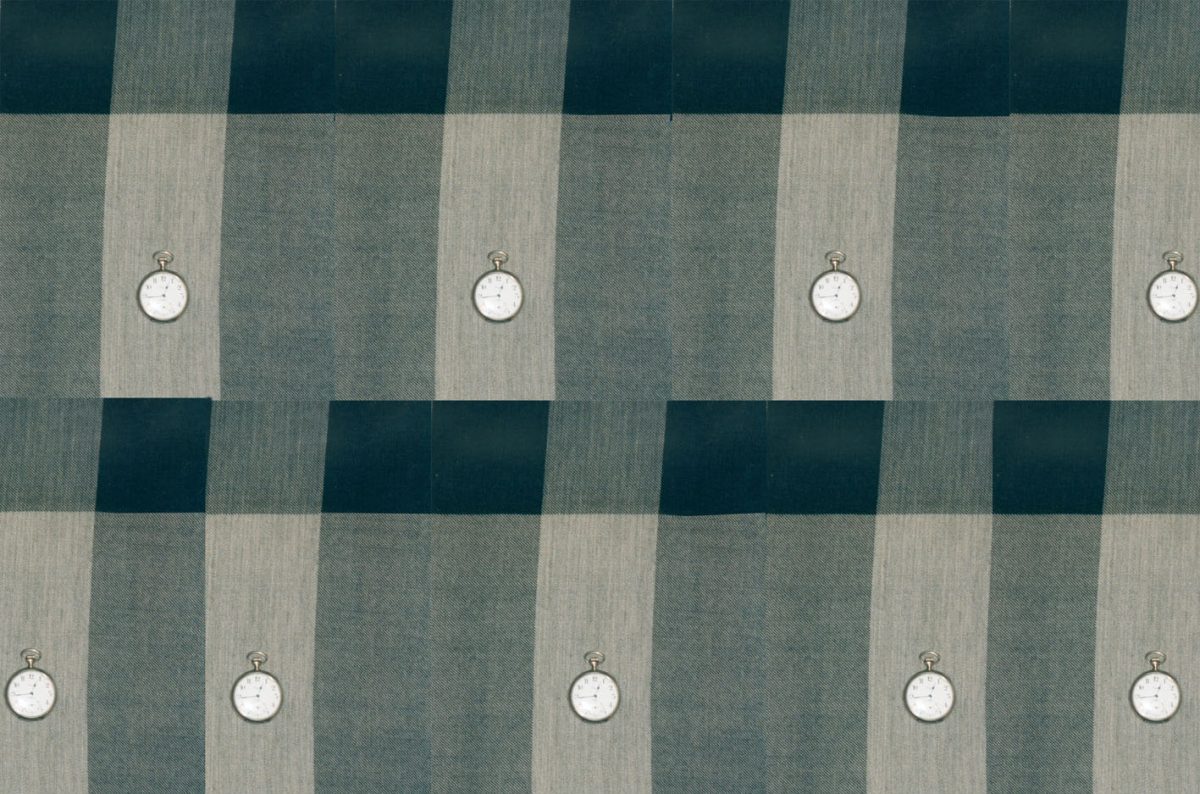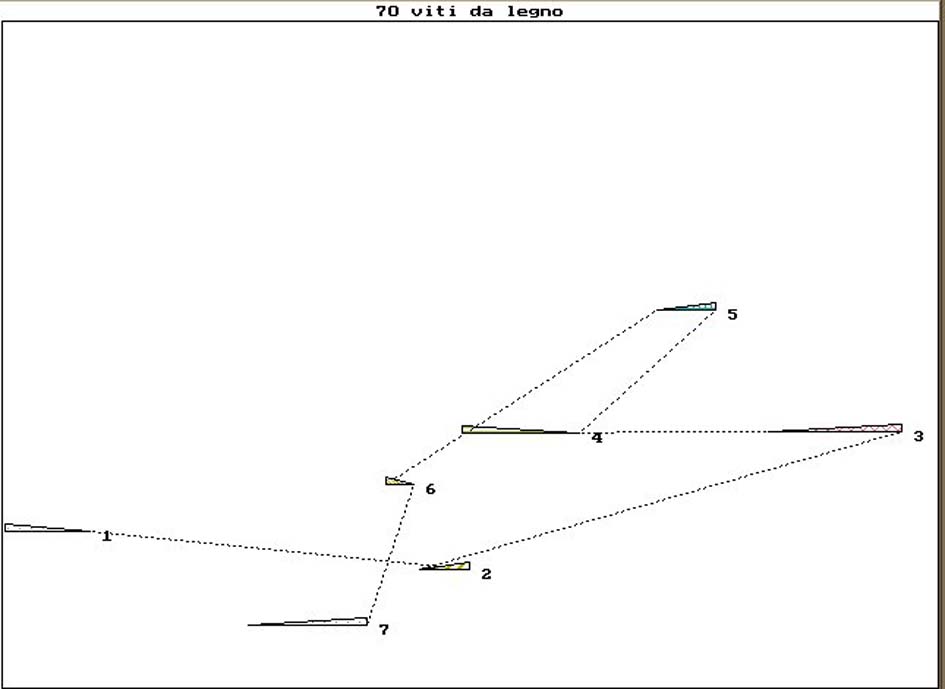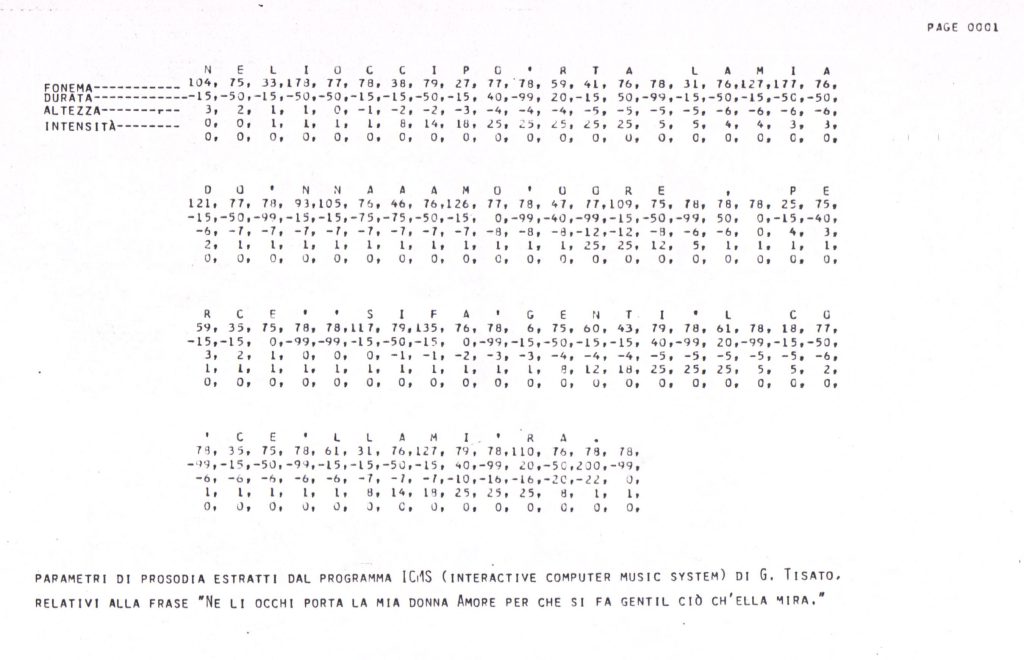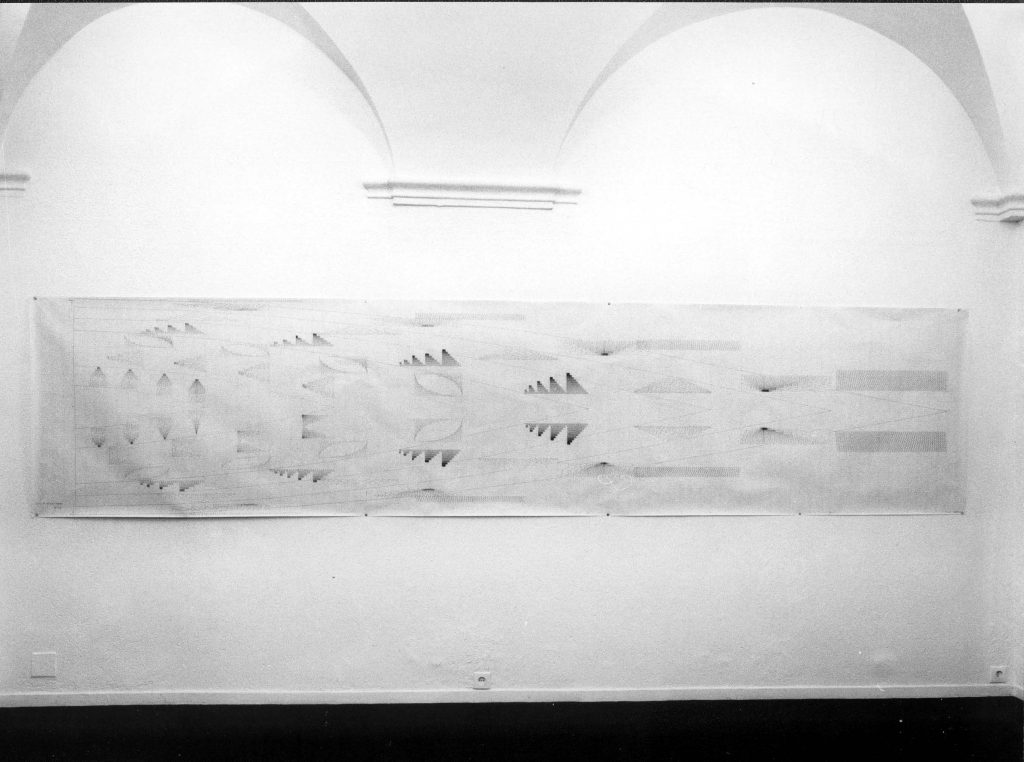(1996) electroacoustic music on a Montale-s poem [8’ 44”]
Premiered at Teatro Civico di Savona, December 1996
Commissioned by Comune di Savona for the Eugenio Montale Centennial
I was always struck by the Montale capability to melt the judgements which are crystallized into the words. He uses simple and concrete words providing them with a strong abstract character: the dream of much of my music.
Inventario delle eclissi (Eclipses Inventory) is a work on words’motivation. Motivation represents the sense prehistory; motivation is not lost, it just disappeared in part, it is eclipsed. Moreover I am convinced of the fact that all the transformations on a sound help to understand it, to “explain” it. This is the reason why I choose to work with the single words of the poem. The kind of transformation of the word-sounds is related to its placing on two different formal spaces. The first one is a sonological space for the arrangement of sounds on Brightness and Attack Steepness dimensions. The second one is a semantic space (the dimensions being motivation classification, multiple meaning, phonetic similarity, meaning similarity and meaning adjacency).

The work is divided into three parts, as the poem is if we analize it following who is going to narrate. The time-density score for each part has been generated automatically with different programs – written by the author – following a path that starts with a more or less plain intelligibility of the treated words to reach increasing fragmentation. A higher level of abstraction is then supported by a collage of the original speech.
Gianni Revello, congenial to the Montale spirit of suspension, revolt, abandonment and voluntary exclusion, out of friendship gave me his voice. This inventory I offer to him for his time’s collection.
L’oboe
Talvolta il Demiurgo, spalla di Dio e Vicerè quaggiù,
rimugina su quali macchinazioni
gli attribuiscano i suoi nemici,
i fedeli al suo Dio perché quaggiù
non giungono gazzette e non si sa
che siano occhi e orecchie. Io sono al massimo
l’oboe che dà il la agli altri strumenti
ma quel che accade dopo può essere l’inferno.
Un giorno forse potrò vedere anch’io,
oggi possente e cieco, il mio padrone
e nemico ma penso che prima si dovrà inventare
una cosa da nulla, il Tempo, in cui
i miei supposti sudditi si credano sommersi.
Ma, riflette il Demiurgo, chissà fino a quando
darò la mano (o un filo) al mio tiranno? Lui stesso
non ha deciso ancora e l’oboe stonicchia.
Eugenio Montale
Sometimes the Demiurge, shoulder of God and viceroy down here,
Brood over which machines
the enemies of him attributes him,
The faithful to the God of him because down here
Journals are not coming and you don’t know
Whether they are eyes and ears. I am at most
The oboe that sounds the A to the orchestra
But what happens after can be hell.
One day maybe I will be able to see too,
today mighty and blind, my owner
and enemy but I think you will have to invent before
one thing from nothing, Time, in which
My supposed subjects are credited.
But, reflects the Demiurge, who knows until
Will I give my hand (or a thread) to my tyrant? Himself
He has not yet decided and the oboe is out of tune.















